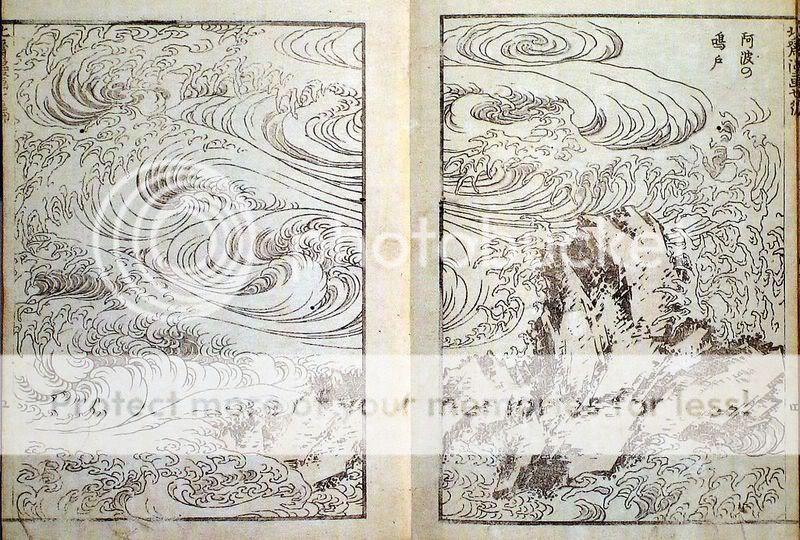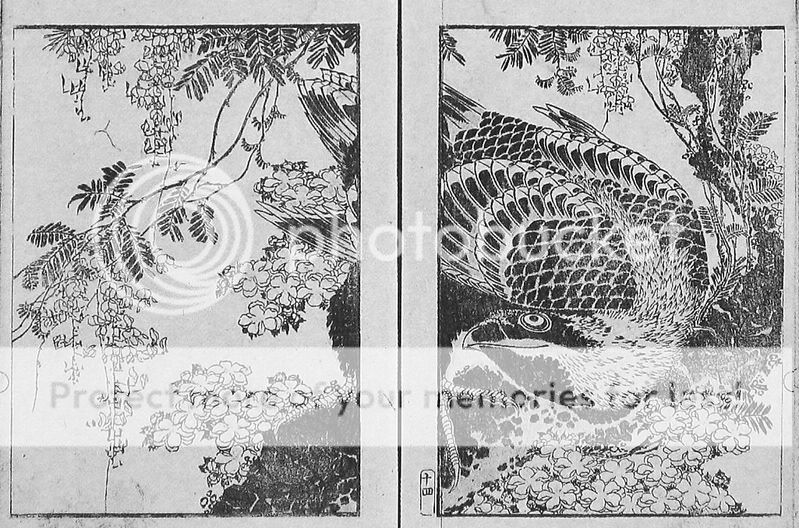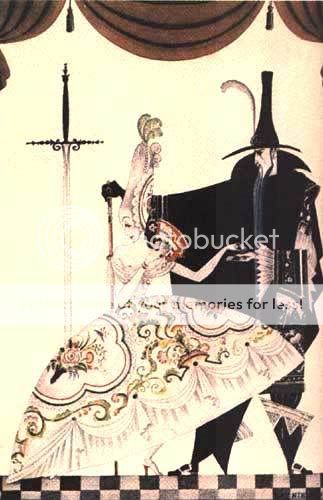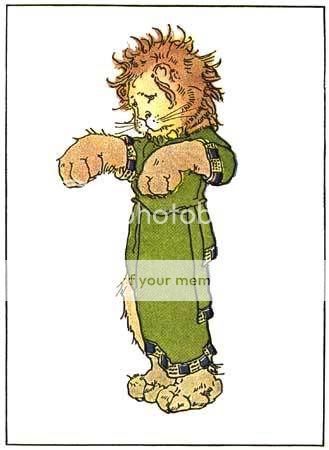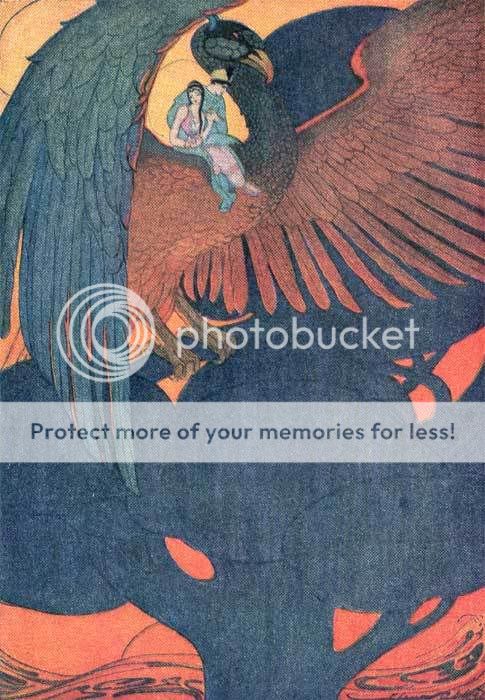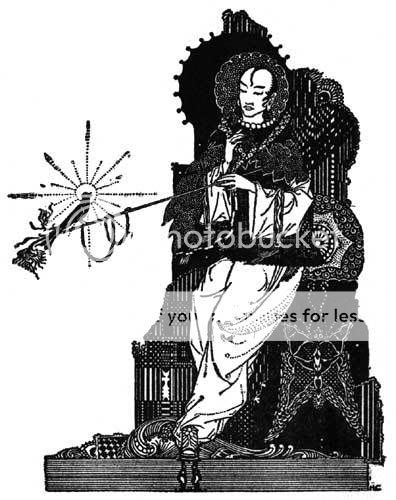There are some definite perks, as a comics fan, to being a comics creator. Traveling the con circuit, I’ve gotten to meet a lot of my heroes, from Eddie Campbell to Batton Lash to Sergio Aragones (the best things about having my picture with Sergio Aragones are, first, that he totally looks like a Sergio Aragones drawing, and second, people in my civilian life tend to have heard of him, unlike everyone else I’ve ever been excited to meet at a con). I also see a lot more new books than I would in my ordinary course of life as a quasi-hermit.
The drawback is that I have a harder time enjoying comics in an ego-less fashion, without analyzing the artwork and storytelling to ascertain whether it’s better or worse than mine. and if it’s better, trying to figure out how to steal it or despairing of ever being able to make something as good… and if I decide it’s worse, then I get to engage in bitterness at their (relative, sometimes very relative: it is Northamerican alt-comics we’re talking about here) success.
So both my favourite comics revelations of 2008 came to me through being on the con circuit, and my enjoyment of both of them is mixed with sweet jealousy.
I’ve been hearing about Finder for a few years, mostly through the women-in-comics world. But I didn’t start reading the series until McNeil was at the same artists alley at Wizard World Chicago this June. I bought two volumes, and then she was at several more cons I was at, until I’m almost caught up on the series, getting two books at a time. I’m late on the bandwagon, but I’m addicted now.
And yeah, it’s soft science fiction with a Gary Stu/noble savage protagonist (which McNeil makes fun of, but Jaeger is ten times smarter, more competent, and prettier than everyone who surrounds him). But here, like in Preacher, the author succeeds in making you share their infatuation with their creation.
McNeil’s worlbuilding is also enthusiastic in an infectious manner. She has her cake, and eats it too, by making her stories circular, cryptic and dreamlike (some would say indecipherable) and then appending fifteen pages of endnotes to each volume, giving away background about the Finder universe as well as notes on the creation of the book. But I’m an endnotes kind of gal, growing up on Terry Pratchett and David Foster Wallace.
Another area where Finder was created with me in mind, and that I wish my stuff was more like, is that it’s drawn like the love child of Dave Sim and Terry Moore. It is fortunate it wasn’t around when I was a teenager, cause I would probably have drawn terrible, terrible fanfic. Yes, Finder is a success in the category (discussed here) of enthrall-fans-in-your-characters over be-enshrined-as-important, which I also covet.
You know who else has a scary amount of fans? Kate Beaton. She’s only been doing comics for two (I believe) years, but she has more people subscribed to her comics feed on livejournal than went to her university, and I had the table next door at her SPX debut, the one where she sold out of everything in, like, a day, and had a dozen-deep autograph line every second she was at her table.
She does mostly unconnected history comics (I think her most famous one is this one) whose humour is often the stilted-language non-joke, in a way that feels very “now” (and this is my only complaint about her work, because I feel that part won’t age well), and the funny drawing of dignified personages.
Her drawing represents the opposite end, from McNeil’s, of the spectrum of drawing which I wanted to kill and eat in order to gain its powers. It’s not lamely naïve like David Heatley or Jeffrey Brown, it’s dashed-off and open and precise. The eyes on a character’s face are never the same size, but you instantly recognize exactly what expression the character is making.
Like with James Thurber, the shock of something very bare and messy instantly becoming something very detailed and specific in your mind, can be much more joyous than having the details all laid out for you. And no matter how much I work at tight drawing (and I am no Carla Speed McNeil) I cannot fathom how to draw loose like that.
Damn her. Damn them both. Happy new year.
[edited, to correct title]
 Instead, I’ll just note the new comics of Finland. “Com of Finland,” why not? I discovered the anthology Glomp this past year, and have since written about works by Amanda Vähämäki and Katja Tukiainen for TCJ‘s special section of Finnish comics coming soon. And I actually found a copy of the Finnish anthology KutiKuti‘s first issue, colors pulsing on newsprint, in a stack of my old papers. Don’t know where I got it. Can’t read it. But it’s fun to look at (pictured above).
Instead, I’ll just note the new comics of Finland. “Com of Finland,” why not? I discovered the anthology Glomp this past year, and have since written about works by Amanda Vähämäki and Katja Tukiainen for TCJ‘s special section of Finnish comics coming soon. And I actually found a copy of the Finnish anthology KutiKuti‘s first issue, colors pulsing on newsprint, in a stack of my old papers. Don’t know where I got it. Can’t read it. But it’s fun to look at (pictured above).
